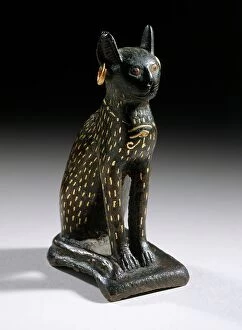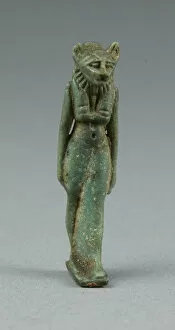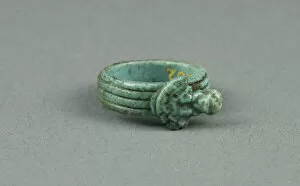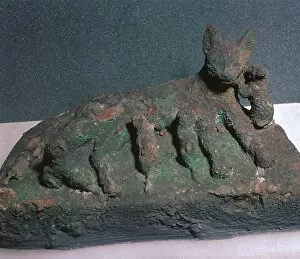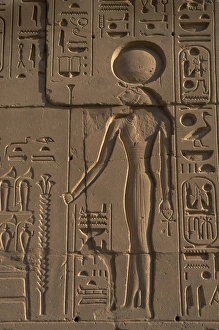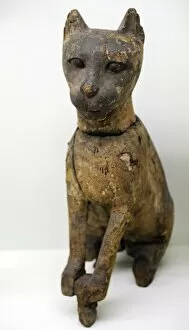Bast Collection
"Bast: The Feline Goddess of Ancient Egypt" In the magnificent realm of Egyptian art
All Professionally Made to Order for Quick Shipping
"Bast: The Feline Goddess of Ancient Egypt" In the magnificent realm of Egyptian art, Karnak stands as a testament to the grandeur and mystique that once enveloped this ancient civilization. Amongst its many wonders lies a captivating relief depicting the goddess Bastet, revered for her feline form and protective nature. Delving deeper into the realm of symbolism, an amulet showcases a seated lion-headed goddess holding a sistrum - possibly Bastet herself. This artifact from Egypt's Third Intermediate Period reveals her significance in warding off evil spirits and bringing harmony to those who sought her divine intervention. Another amulet portrays a lion-headed walking goddess, believed to be none other than Bastet. As worshippers adorned themselves with such talismans, they hoped to harness her power and grace in their daily lives. A pectoral amulet further exemplifies the enduring allure of Bastet during Egypt's Third Intermediate Period. Crafted with meticulous detail, it serves as both an emblem of protection and an homage to this revered deity. The ring known as Aegis of Sekhmet/Bastet bridges two powerful Egyptian goddesses together. Symbolizing strength and ferocity alongside love and fertility, it embodies the duality often associated with these divine figures. Hematite whispers tales from centuries past through an enchanting amulet dedicated solely to Bastet herself. Dating back between 1069-715 BC, it serves as a timeless reminder of devotion towards this beloved feline deity. English exploration brought forth engravings capturing glimpses into Egypt's rich history. These depictions immortalize not only archaeological discoveries but also shed light on how fascination with deities like Bastet transcended borders. Amongst Roman influences emerges an exquisite bronze cat sacred to Bastet during their occupation period (c664BC-332 BC). Revered by Egyptians for centuries prior, cats held immense cultural significance symbolizing protection against malevolent forces.



